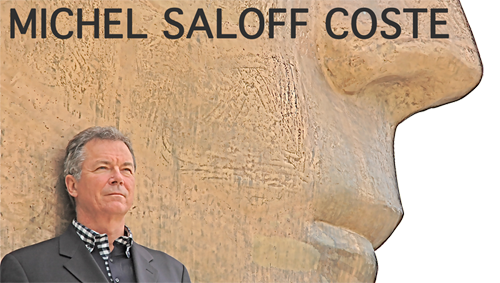Technology is one of the most obvious outcomes of human culture. Technological inventions have been developing at an accelerated rate since the industrial revolution [1–5] and economist Brian Arthur conjectured that such rapid growth is a consequence of the underlying dynamics of combination that drives the process [2]. Specifically, it has been suggested that novelties arise mainly as a consequence of new forms of interaction between previous artifacts or inventions [2]. Such view connects the pace of man-made evolutionary designs with a basic principle of biological evolution: the presence of tinkering [6] as a dominant way of generating new structures [7, 8].
Pages
- Accueil
- Biographie en français
- English biography
- Biografie in deutsch
- Consulting
- Coaching
- Conférence
- Exposition
- Livre
- Presse
- Video
- Radio & TV
- Référence
- Appreciation
- Contact
- IN PRINCIPO
- COPENHAGEN INSTITUTE FOR FUTURES STUDIES
- IDEES
- UNIVERSITE INTEGRALE
- DESIGN ME A PLANET
- DIRECTION DE LA PROSPECTIVE DGDS ICL UNIVERSITE CATHOLIQUE DE LILLE
2016/01/30
On Singularities and Black Holes in Combination-Driven Models of Technological Innovation Networks
Technology is one of the most obvious outcomes of human culture. Technological inventions have been developing at an accelerated rate since the industrial revolution [1–5] and economist Brian Arthur conjectured that such rapid growth is a consequence of the underlying dynamics of combination that drives the process [2]. Specifically, it has been suggested that novelties arise mainly as a consequence of new forms of interaction between previous artifacts or inventions [2]. Such view connects the pace of man-made evolutionary designs with a basic principle of biological evolution: the presence of tinkering [6] as a dominant way of generating new structures [7, 8].
Inscription à :
Commentaires (Atom)
